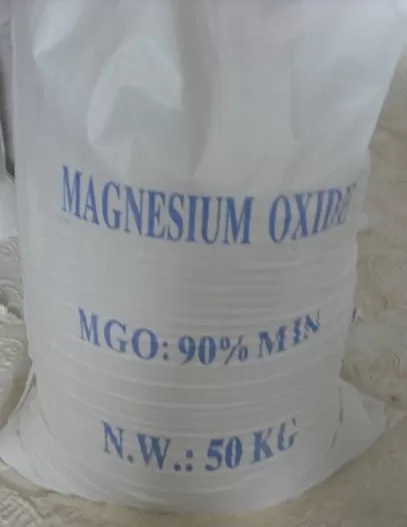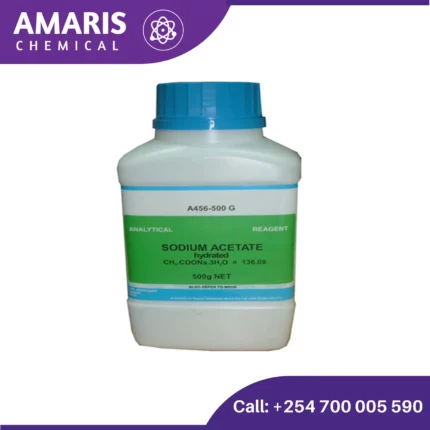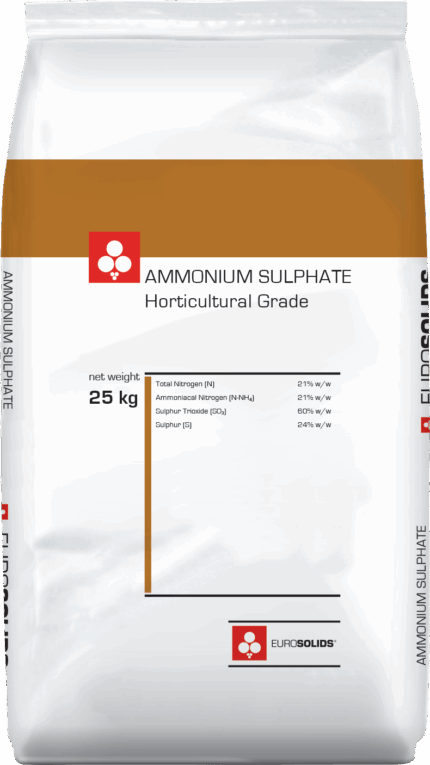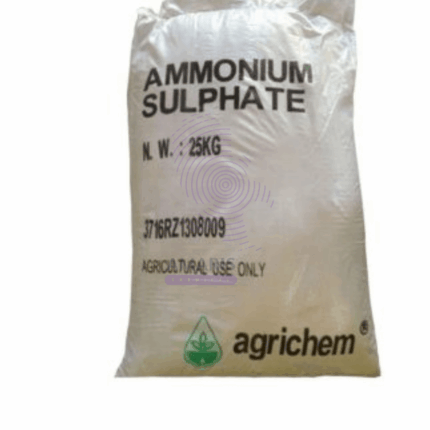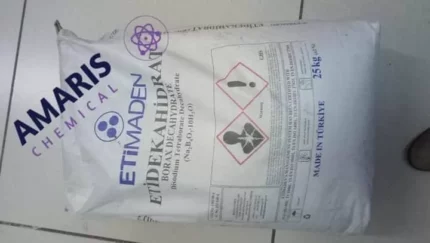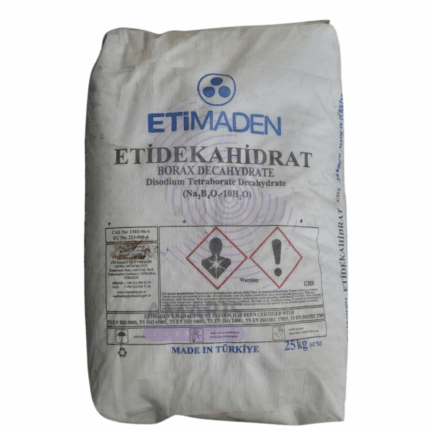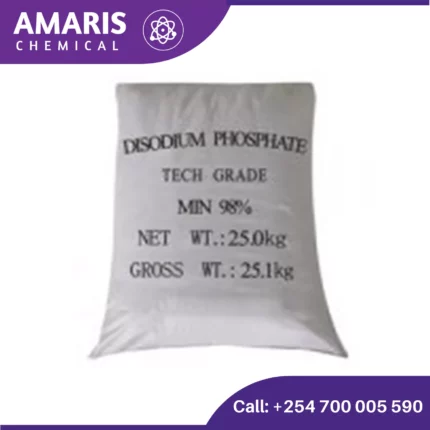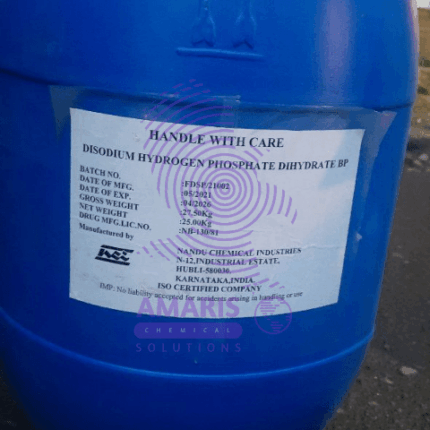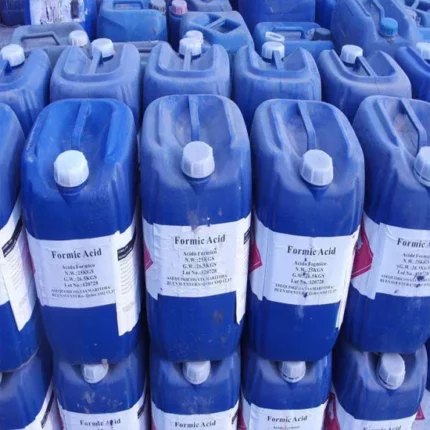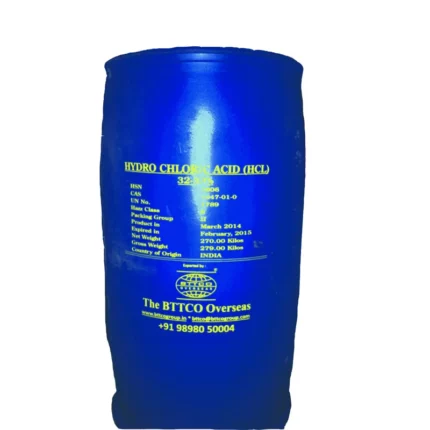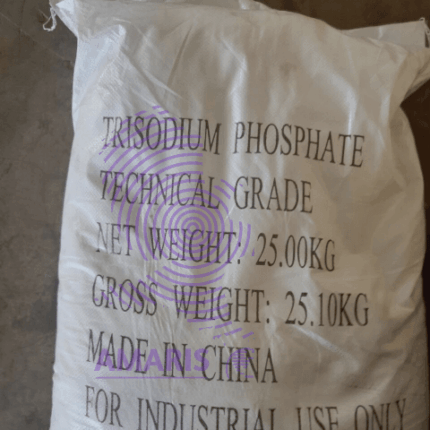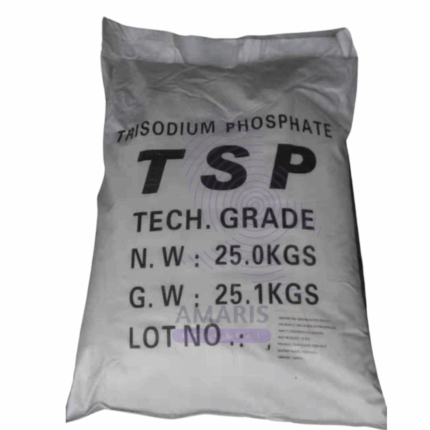“Sulphur Powder 500gm” has been added to your cart. View cart
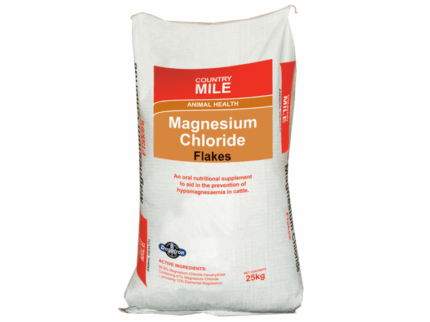
Magnesium chloride
KSh0.01 Original price was: KSh0.01.KSh0.00Current price is: KSh0.00.
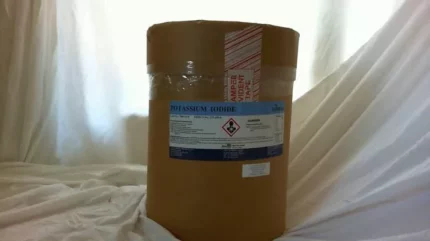
Potassium iodide
KSh8,000.00 Original price was: KSh8,000.00.KSh7,800.00Current price is: KSh7,800.00.
Magnesium oxide 25kg
KSh12,000.00 Original price was: KSh12,000.00.KSh1,100.00Current price is: KSh1,100.00.
Magnesium oxide is a chemical compound consisting of magnesium (Mg) and oxygen (O). It is commonly known as magnesia or periclase. Here are some key points about magnesium oxide:
- Chemical Formula: The chemical formula for magnesium oxide is MgO.
- Physical Properties:
- It is a white solid at room temperature.
- Magnesium oxide has a high melting point of 2,852°C (5,166°F), making it useful in high-temperature applications.
- It is insoluble in water.
- Formation: Magnesium oxide is typically formed by the calcination (heating) of magnesium carbonate or magnesium hydroxide.
SKU:
ACS57977CHEM0
Categories: PH Adjusters, Soil Conditioners
Description
Magnesium oxide
-
- Industrial Applications: It is widely used in various industrial processes, such as in the production of ceramics, refractory materials, and in the manufacture of magnesium salts.
- Medical: Magnesium oxide is used as an antacid and a mineral supplement to treat magnesium deficiency.
- Environmental: It can be used in environmental applications for flue gas desulfurization (removal of sulfur dioxide from exhaust gases).
- Health and Safety: While magnesium oxide is generally considered safe, excessive consumption can lead to magnesium toxicity, causing symptoms like diarrhea and abdominal pain.
- Natural Occurrence: Magnesium oxide occurs naturally as the mineral periclase, which is found in metamorphic rocks.
Shipping & Delivery
Related products
AcetateSodium 500gm
Acidulants, Analytical Reagents, Excipients, Microbiology and Cell Culture Reagents, PH Adjusters, Preservatives
Sodium acetate is a compound with the chemical formula CH3COONa. It is often found as the trihydrate form, meaning it has three water molecules attached to the acetate ion. This compound is commonly used in various industries, including food production, where it serves as a preservative or acidity regulator. In chemistry, it's used in buffers and sometimes as a reagent. Sodium acetate is also utilized in heating pads for its ability to undergo a process called crystallization that releases heat when needed.
Ammonium sulphate 25kgs
Borax Decahydrate 25kg
Borax, also known as sodium borate, is a naturally occurring mineral composed of sodium, boron, oxygen, and water. It is a white, odorless powder that dissolves easily in water, and has a wide range of uses, including as a laundry detergent booster, a multipurpose cleaner, and as a component in the production of glass, ceramics, and enamel. Borax has antifungal and insecticidal properties and is also used in certain industrial applications such as in the production of fiberglass, as a flux in metallurgy, and as a fire retardant. It is considered safe when used as directed, but can be toxic if ingested in large quantities.
Caustic Soda Flakes 25 kg bags
Caustic Soda Flakes (Sodium hydroxide,) commonly known as caustic soda or lye, is a highly caustic and alkaline compound that is used in various industries for its strong basic properties, including the production of soaps, detergents, and paper. It is a white, odorless solid that is highly soluble in water and can be extremely hazardous if not handled properly. Sodium hydroxide is a strong base that can cause severe burns and tissue damage upon contact with skin and other organic matter.
Disodium Phosphate
KSh0.01
Disodium phosphate, also known as sodium hydrogen phosphate or disodium hydrogen phosphate, is an inorganic compound with the chemical formula Na2HPO4. It is a white, crystalline powder or granular solid that is highly soluble in water.
In terms of its chemical composition, disodium phosphate consists of two sodium (Na+) ions and one phosphate (PO43-) ion. It is derived from phosphoric acid and is commonly used as a food additive, pH buffer, and a source of phosphorus in various industries.
As a food additive, disodium phosphate is primarily used as a texturizer, emulsifier, and stabilizer in processed foods and beverages. It helps improve the texture, increase shelf life, and prevent the separation of ingredients. Additionally, it can act as a pH regulator in certain food products.
In summary, disodium phosphate is an inorganic compound that serves various purposes in food and industrial applications, primarily as a food additive and pH buffer.
Formic Acid 85% 25 kg Jerrycan
Formic acid is a colorless, pungent liquid with a chemical formula of HCOOH. It is the simplest carboxylic acid, naturally occurring in certain fruits and vegetables and in the venom of some ants. It has a wide range of industrial applications as a preservative, antibacterial agent, solvent, and in the production of textiles, leather, rubber, and other materials. It also has some medical applications and is used in organic chemistry reactions as a reducing agent. However, formic acid is highly corrosive and can be dangerous if ingested or inhaled in large quantities.
Hydrochloric Acid ( HCL ) 270 kg Drum
Hydrochloric acid (HCl) is a strong, colorless, and highly corrosive acid that is widely used in industry and laboratory applications. It is a solution of hydrogen chloride gas in water and is commonly known as muriatic acid. Hydrochloric acid is a highly reactive compound that can dissolve many metals and organic materials, and it is also an important component of the gastric acid in the stomach, where it helps in the digestion of food. Hydrochloric acid has a pungent odor and can cause severe burns and eye damage if handled improperly. It is commonly used in the production of PVC plastics, fertilizers, and various other chemicals, and it is also used in the petroleum industry for the removal of impurities from oil and gas wells.
Trisodium phosphate 25kg
Trisodium phosphate (TSP) is a chemical compound with the formula Na3PO4. It is a highly soluble, white, crystalline powder that is commonly used as a cleaning agent, food additive, and stain remover. TSP is made by combining sodium hydroxide (caustic soda) with phosphoric acid, and it has a variety of uses in industrial, commercial, and domestic settings due to its alkalinity and ability to emulsify oils and grease. However, TSP can also be toxic if ingested or inhaled, and it is important to handle it with care and follow appropriate safety precautions when using it.

